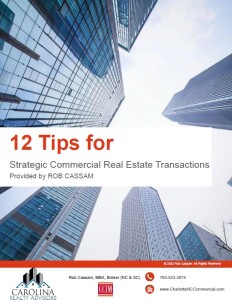This month’s newsletter has just been released! Check out the latest tips for tenants and users of commercial real estate space.
In this issue
- Lenders Need Professional Property Management
- Having Knowledge About Commercial Leases
- Combining A Tax-Free Exchange And A Leaseback
- Important 1031 Exchange Rules and Timelines
Whether times are good or bad, lenders always have foreclosed properties in inventory. During a recession the inventory may be high. One of the problems that banks and insurance companies have is disposing of this real estate owned (REO). They are faced with the decision of whether they wish to dispose of the property immediately or hold it for a period of time to hope for an increase in value. They would like to see the value of the REO increase to equal the loan amount……
A lease is an integral part of many real estate investments. It should outline all the obligations of the tenant and of the landlord. This sounds simple, but many questions arise. If, for example, property taxes increase, does the tenant pay all of the increase or only part of it? If the property must be modernized, who pays for the improvement? Can the tenant be moved out during the renovation? If the costs of servicing the property rise, should the tenant pay none, all, or part of the increased costs? How should inflation be handled—with automatic rental increases? With increases tied to some index, perhaps the Consumer Price Index?
Kinds Of Leases…..
Here is a moneymaking transaction that can be used by many business owners who also own the real estate where that business is located. In any community there are dozens, even hundreds, of property owners who can utilize this formula…..
There are 2 timelines that anybody going for a 1031 property exchange should abide by and know……




